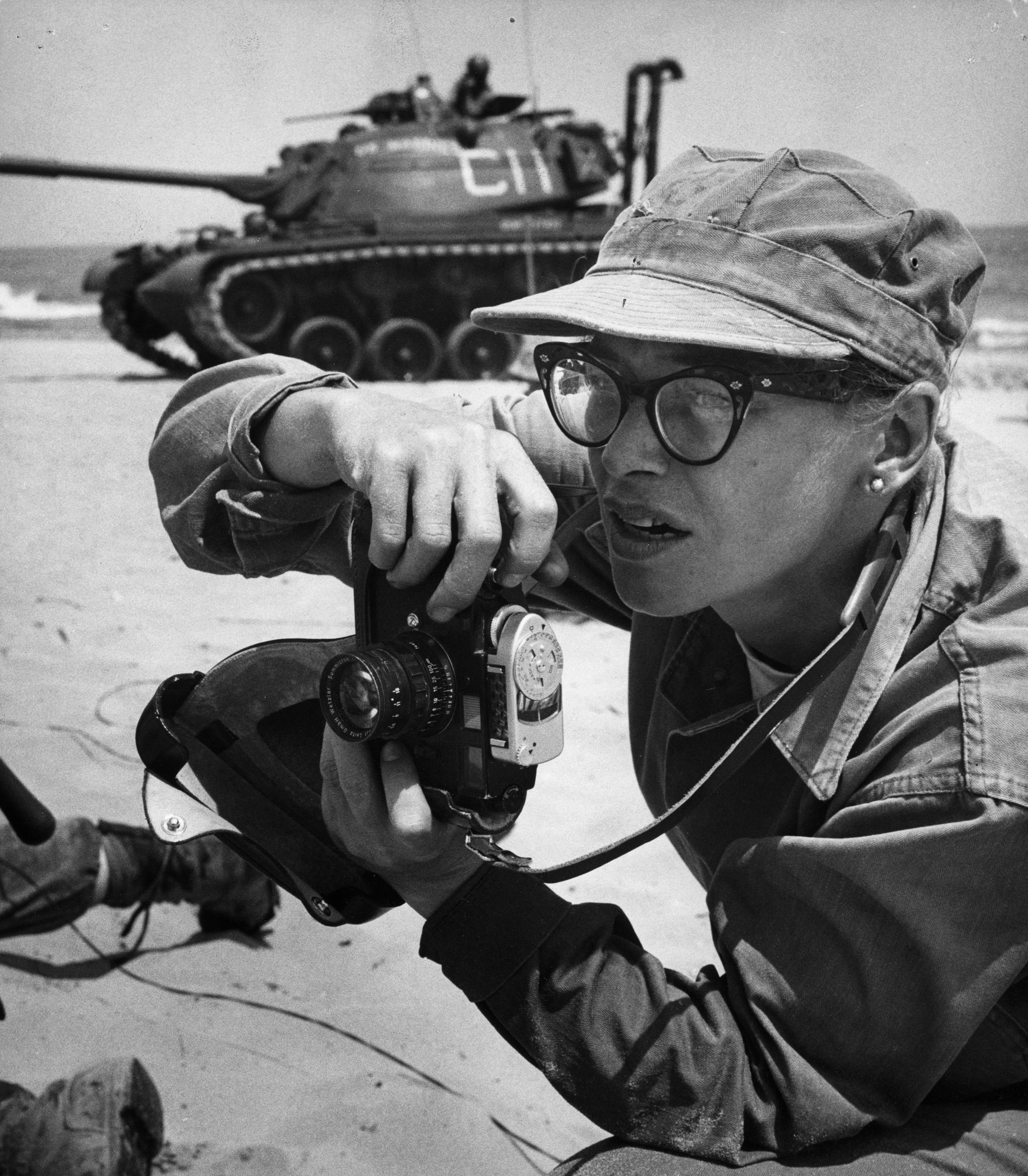
In the new movie Whiskey Tango Foxtrot, Tina Fey plays a journalist inspired by reporter Kim Barker, whose memoir The Taliban Shuffle is the source for the movie’s story of a woman making her way in the war correspondents’ boy’s-club. The world chronicled by Barker, who now works for the New York Times, and her modern-day colleagues might not have been possible without the work of people like Georgette “Dickey” Chapelle.
Chapelle was a photographer, but she came to the medium relatively late. In the 1930s, she studied at the Massachusetts Institute of Technology on a full scholarship, but had to leave after she let her passion for adventure detract from her schoolwork. She landed a publicity job with TWA and took photography classes with one of the airline’s in-house cameramen, whom she would soon marry. When the outbreak of World War II led to her husband’s going to work as a war photographer, she applied for her own press pass. What began as an attempt to stay close to her husband led to decades of dangerous but vital work, which brought Chapelle to Iwo Jima and Okinawa.
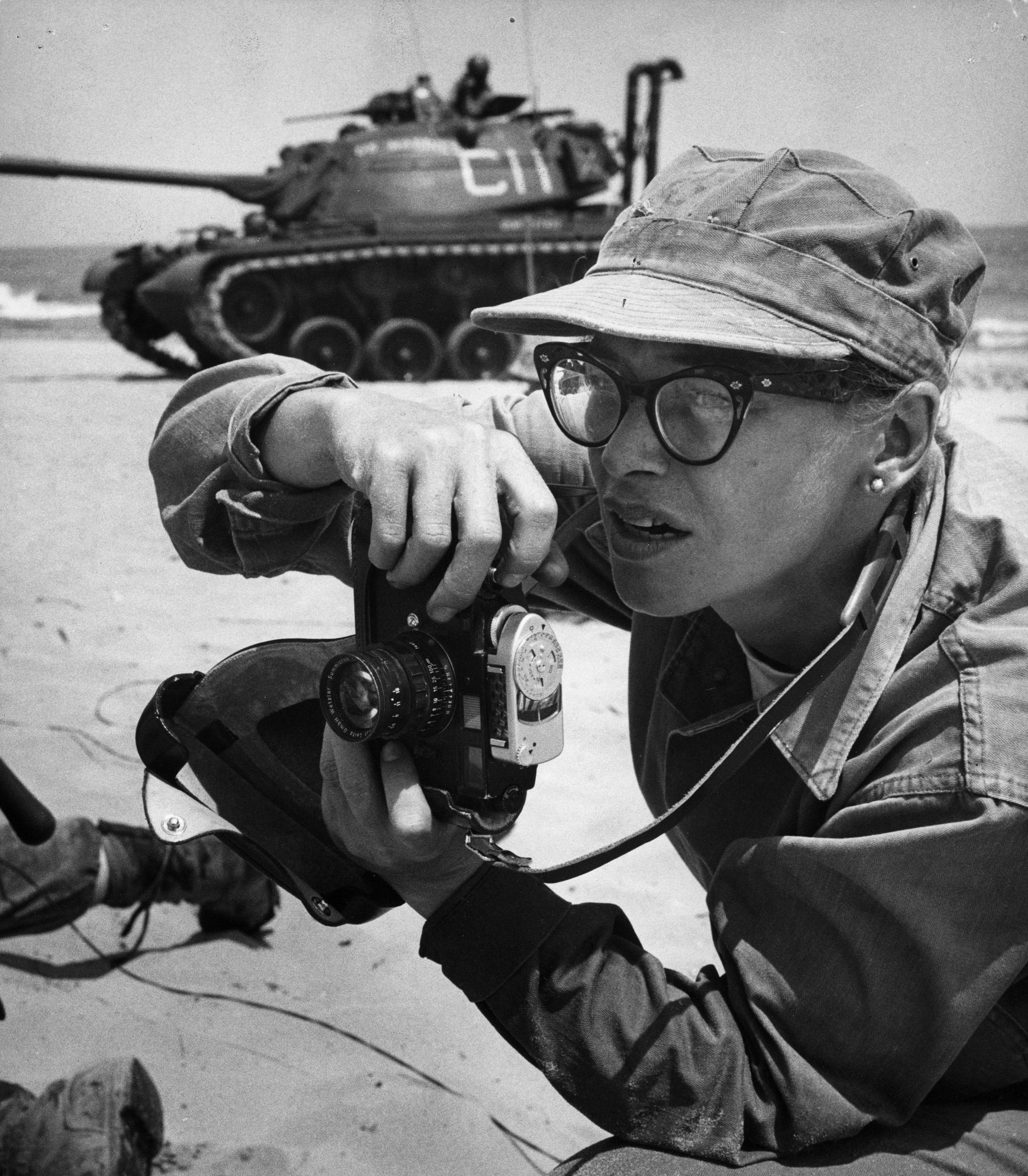
The marriage crumbled in the 1950s, but Chapelle returned to the front—and not, as she would say, as a “girl reporter” but as a true war correspondent. That was an important distinction, and a crucial one for the history of women in the field. Chapelle, though often paid less than her male colleagues, among other indignities, did not turn away from danger. Indeed, on Nov. 4, 1965, Chapelle was killed in South Vietnam, becoming the first American female war correspondent to die in action.
On a marker placed where she fell, the Marines with whom she worked left a simple but poignant message: “She was one of us, and we will miss her.”
The photos above are drawn from a recent book on Chapelle’s life and work, Dickey Chapelle Under Fire by John Garofolo.
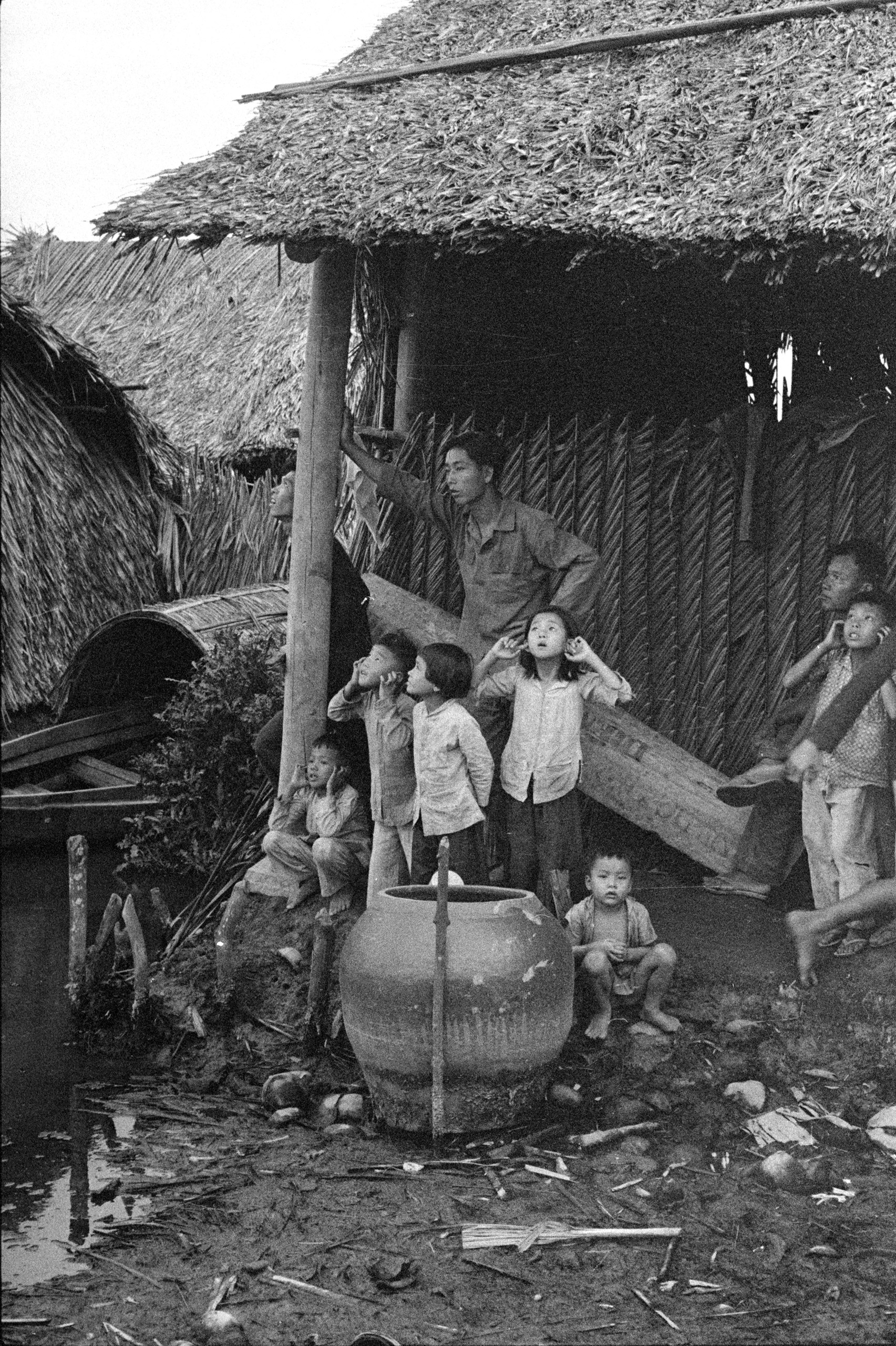
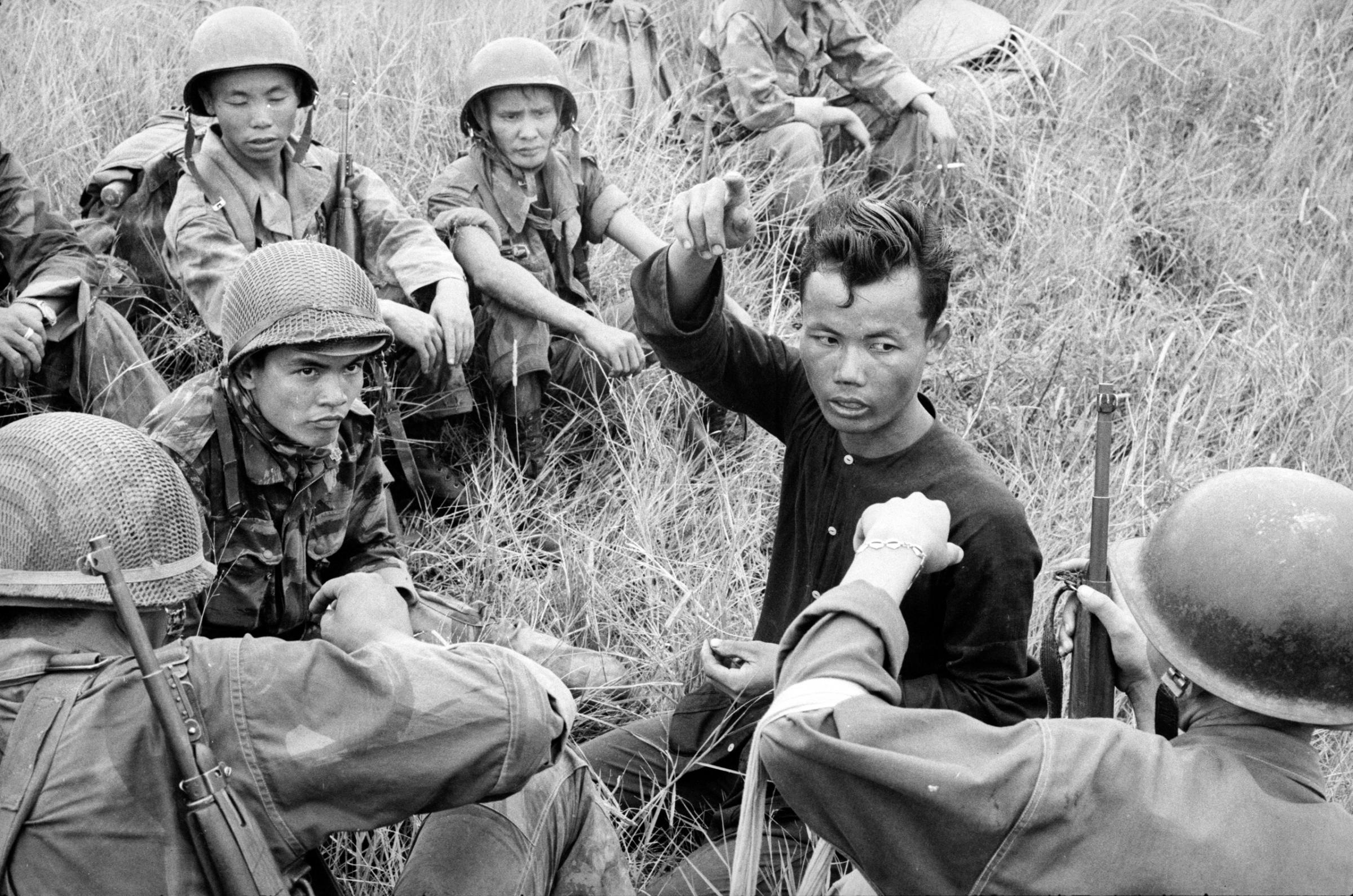
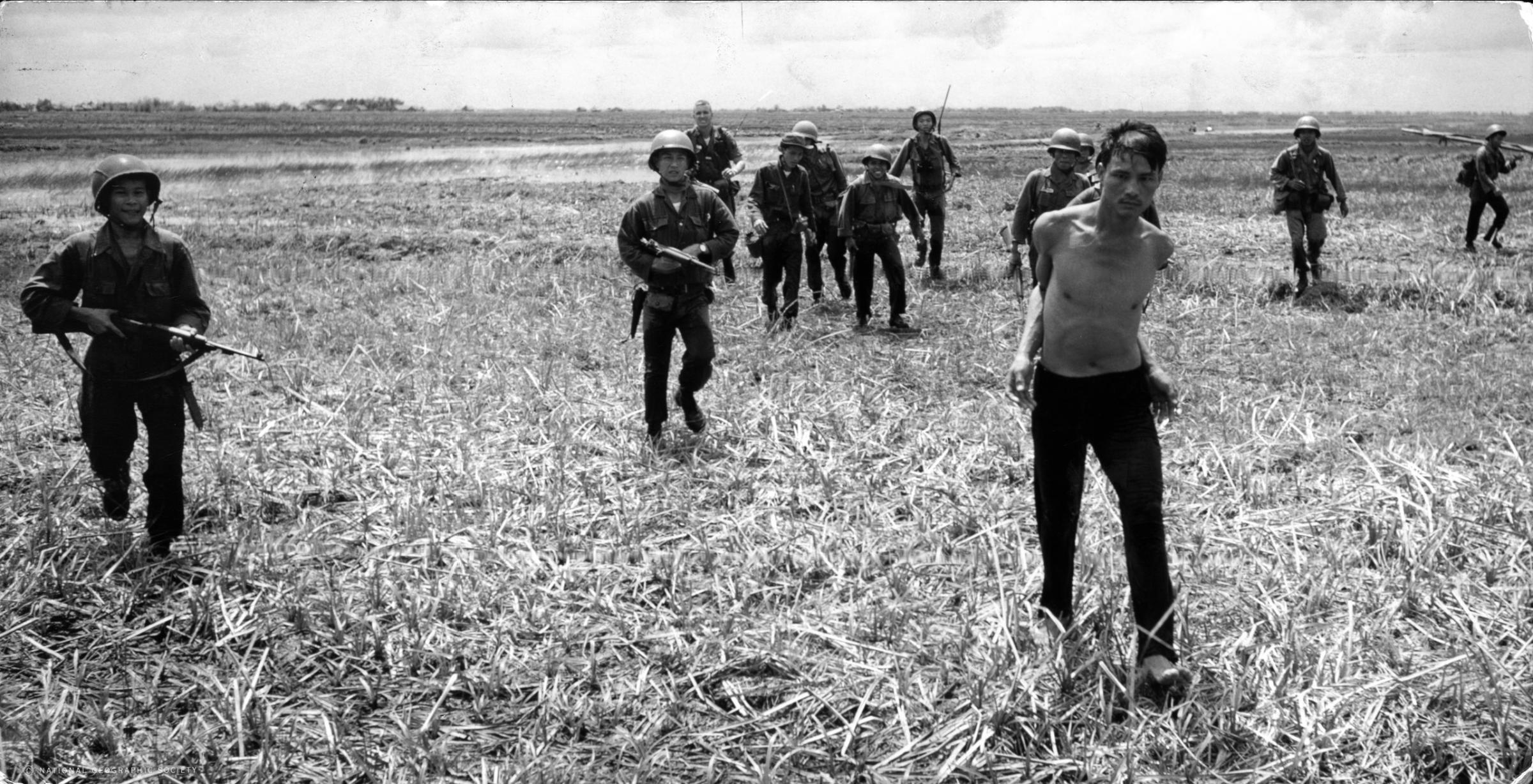
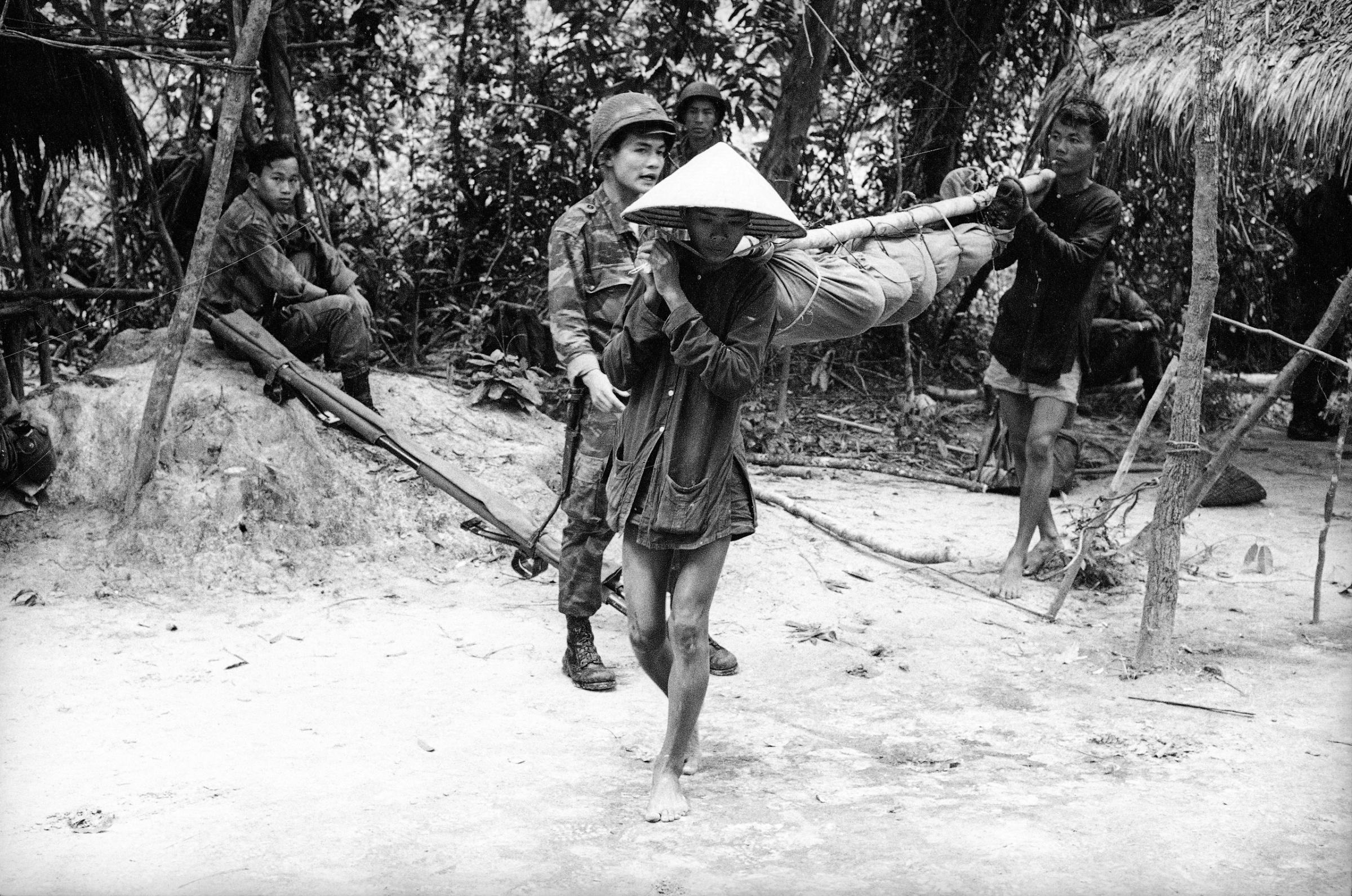
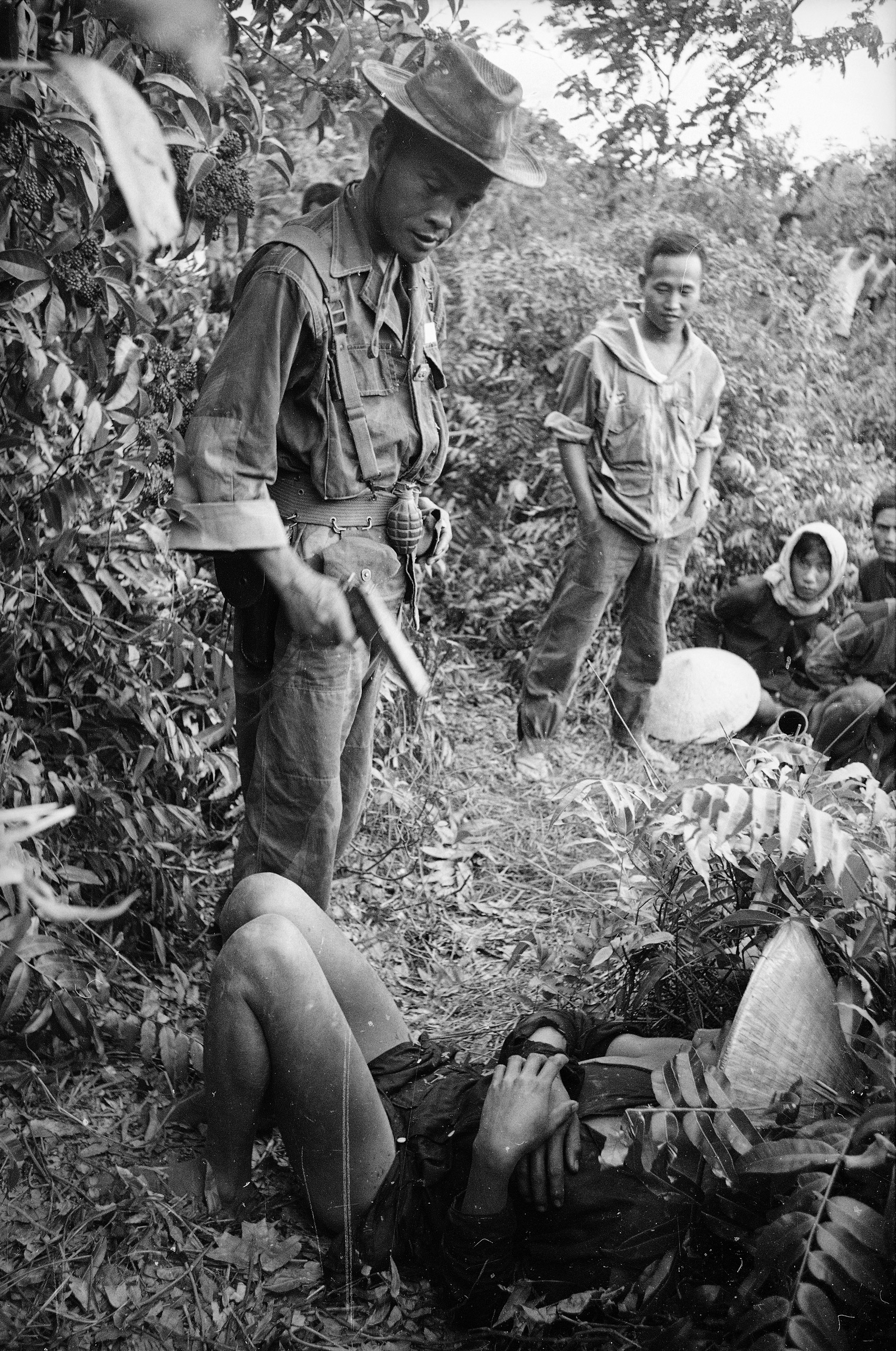
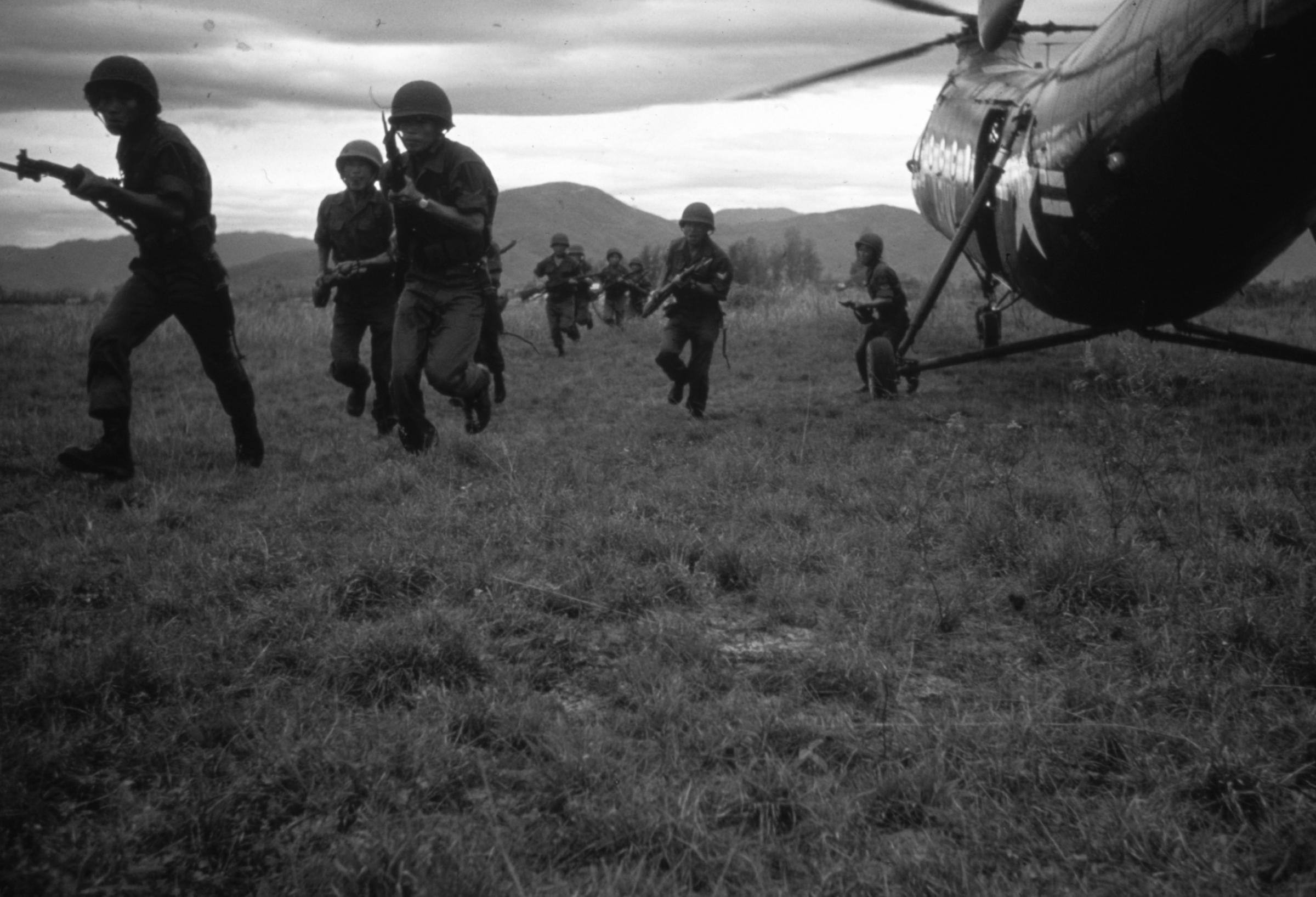
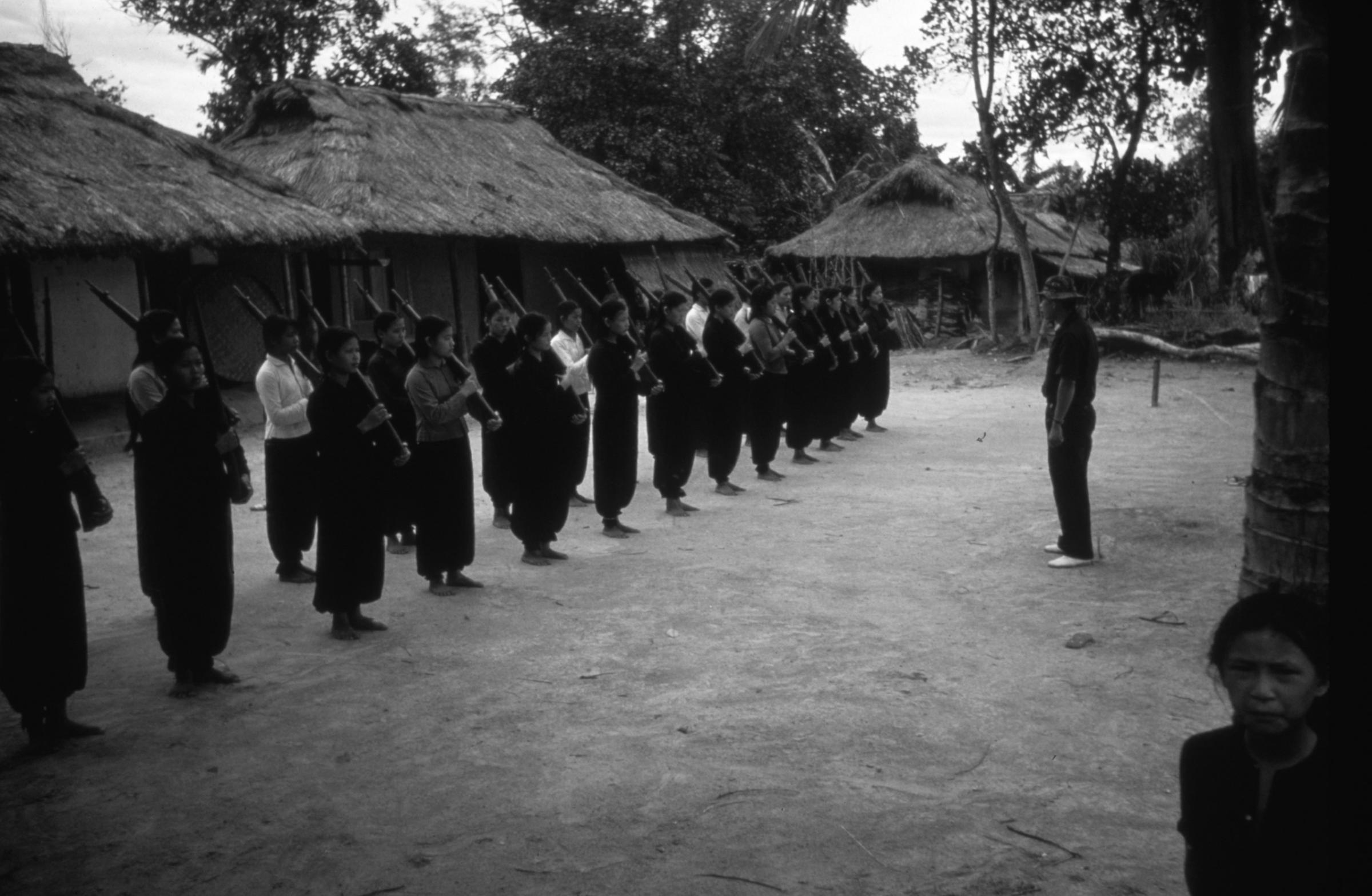
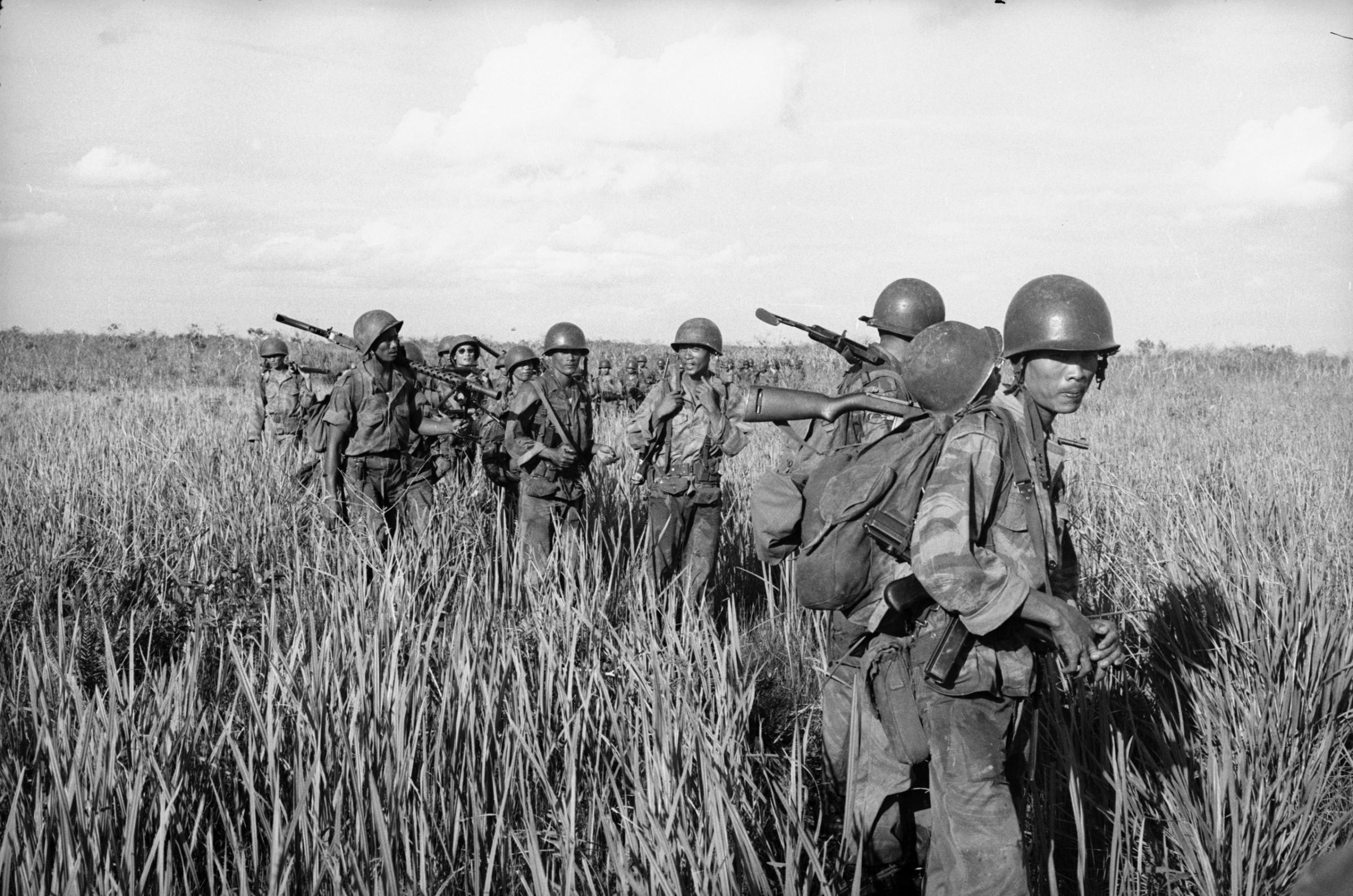
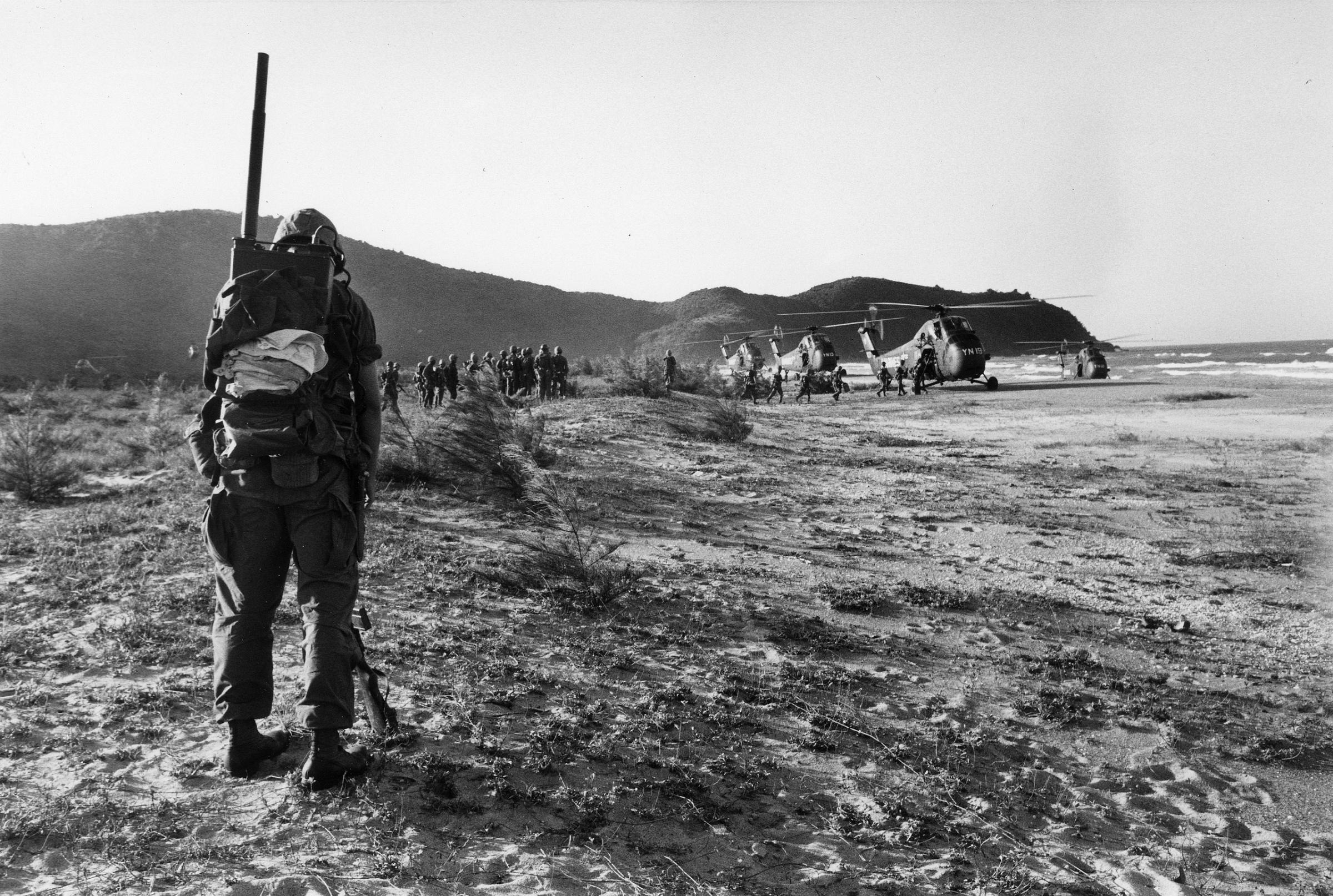
More Must-Reads From TIME
- The 100 Most Influential People of 2024
- Coco Gauff Is Playing for Herself Now
- Scenes From Pro-Palestinian Encampments Across U.S. Universities
- 6 Compliments That Land Every Time
- If You're Dating Right Now , You're Brave: Column
- The AI That Could Heal a Divided Internet
- Fallout Is a Brilliant Model for the Future of Video Game Adaptations
- Want Weekly Recs on What to Watch, Read, and More? Sign Up for Worth Your Time
Write to Lily Rothman at lily.rothman@time.com